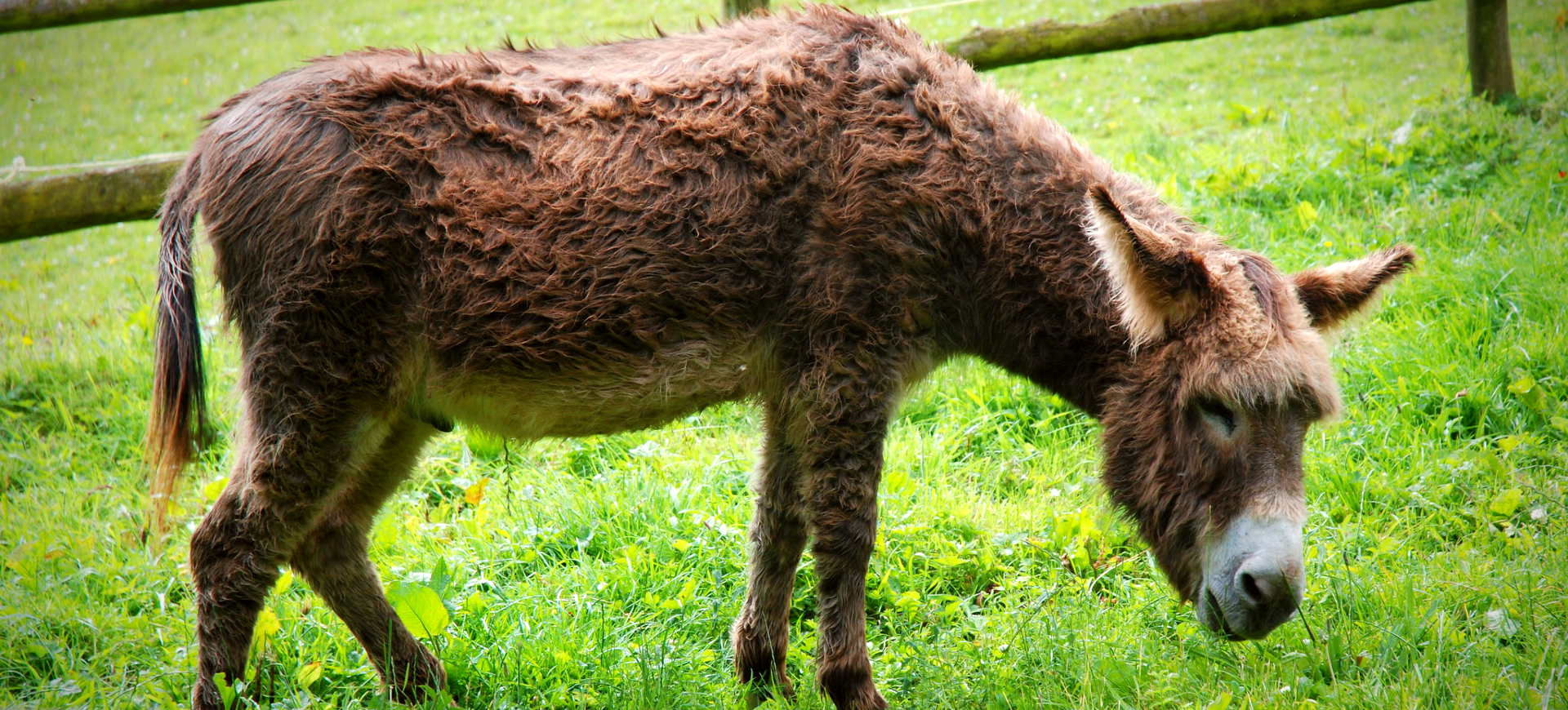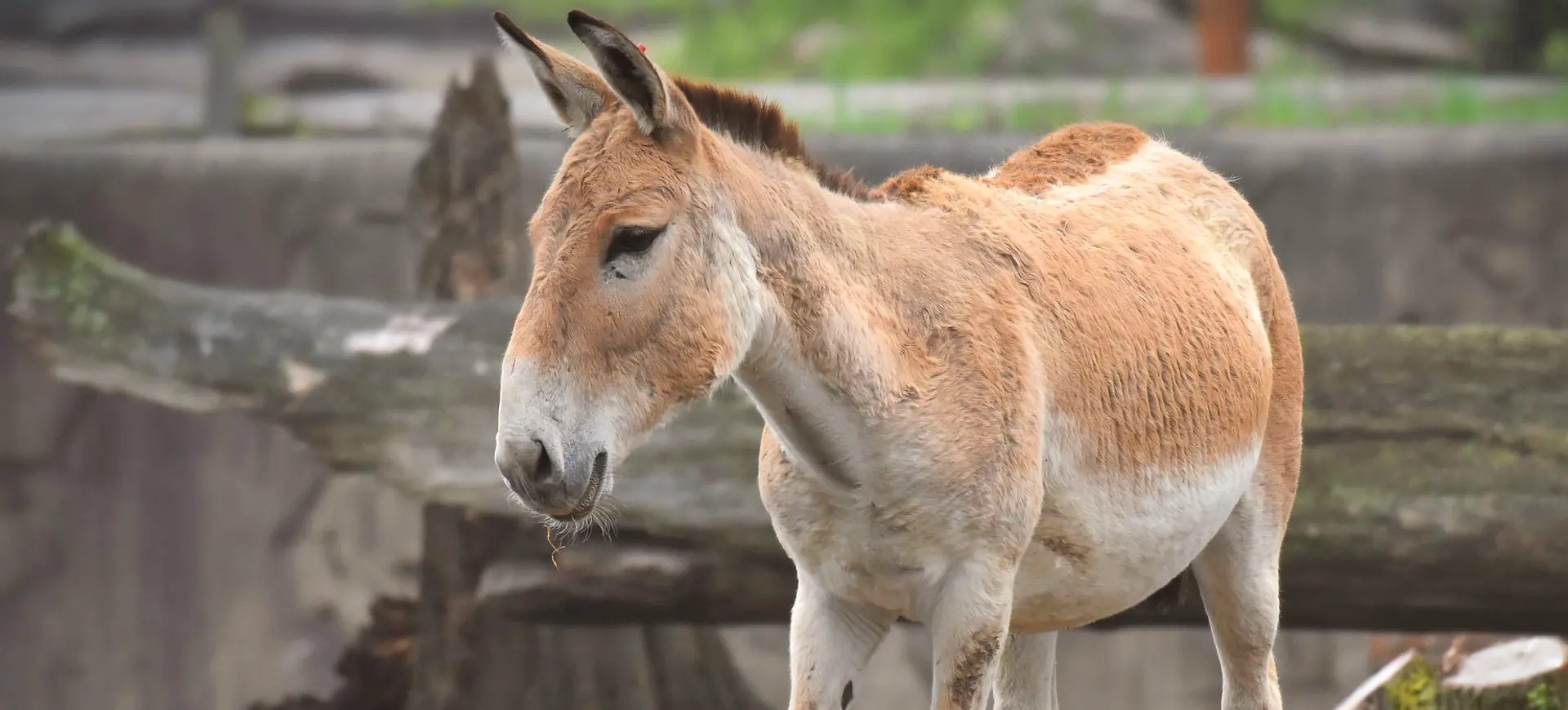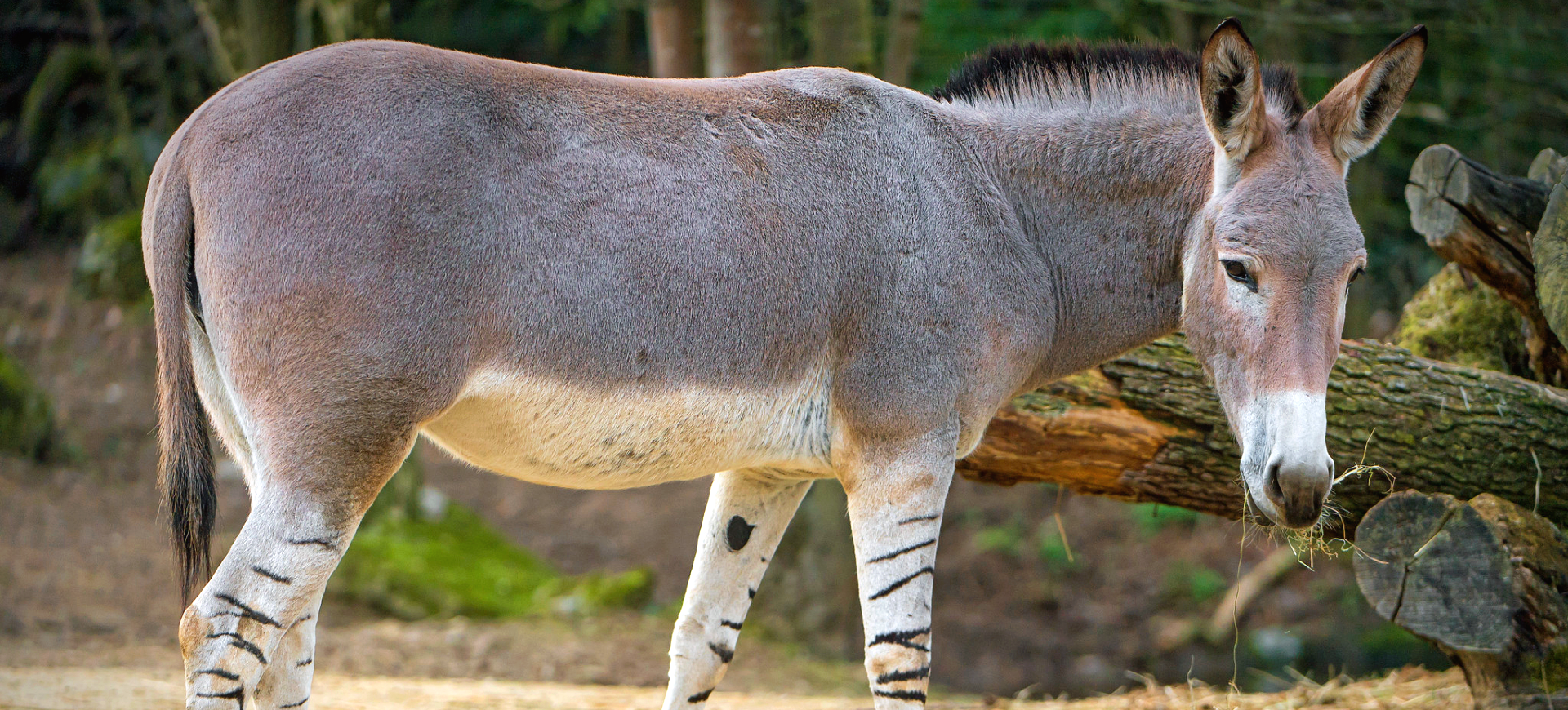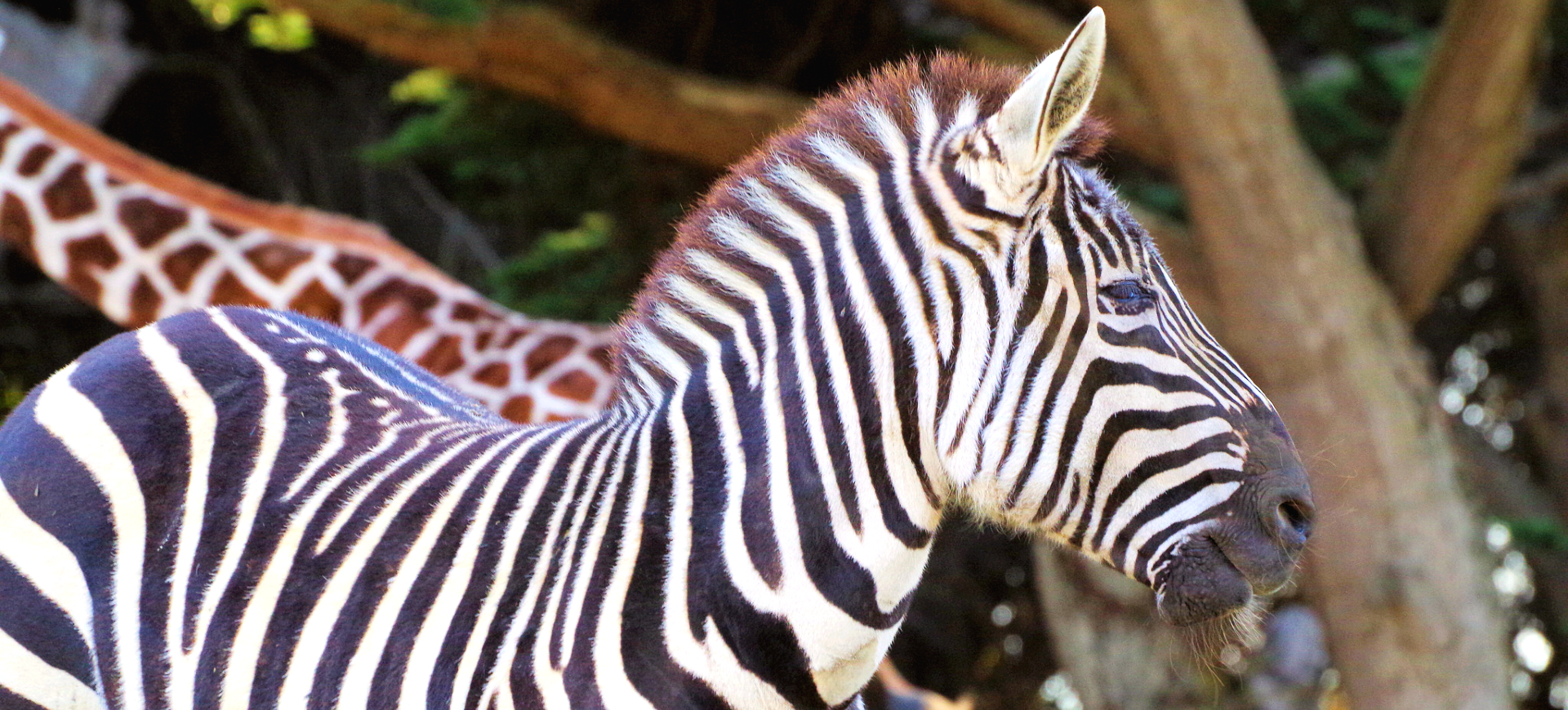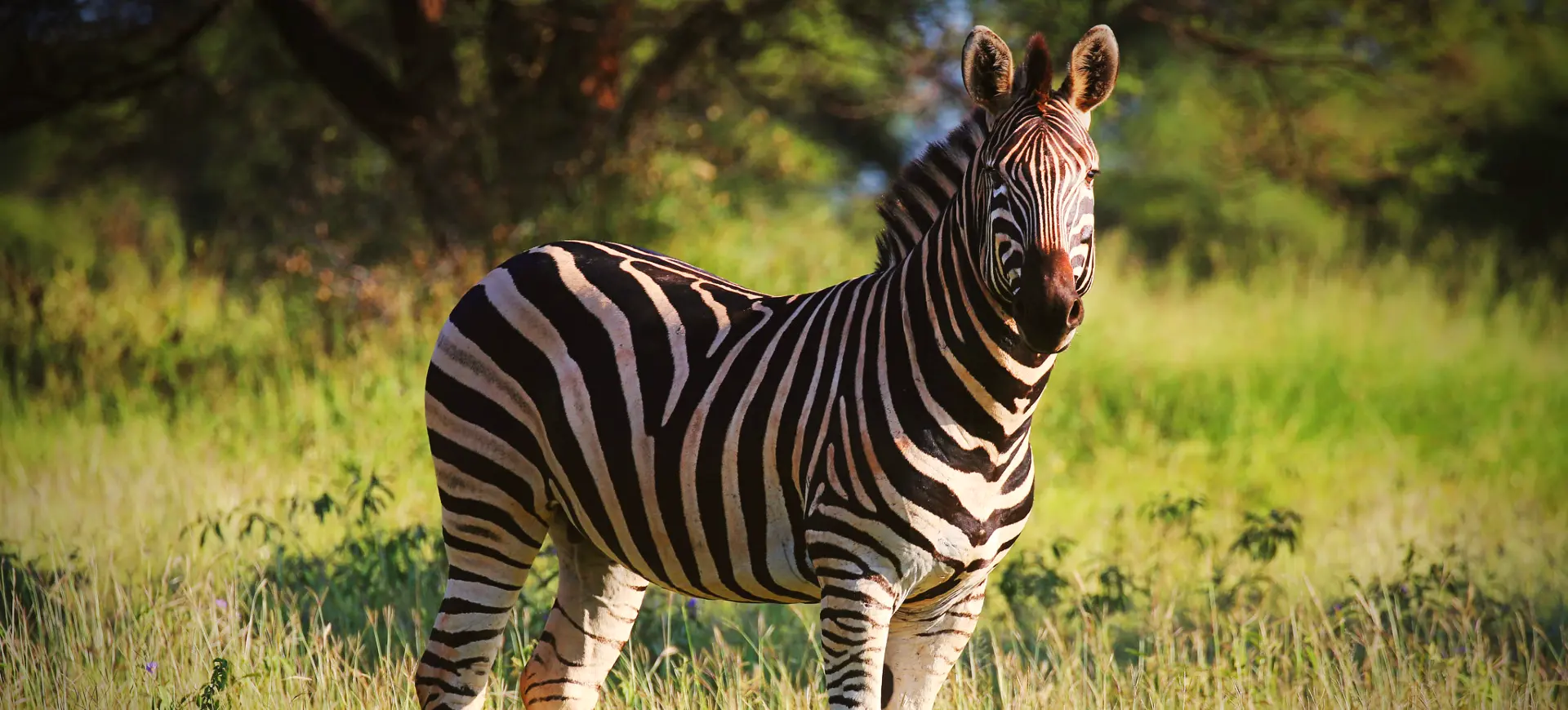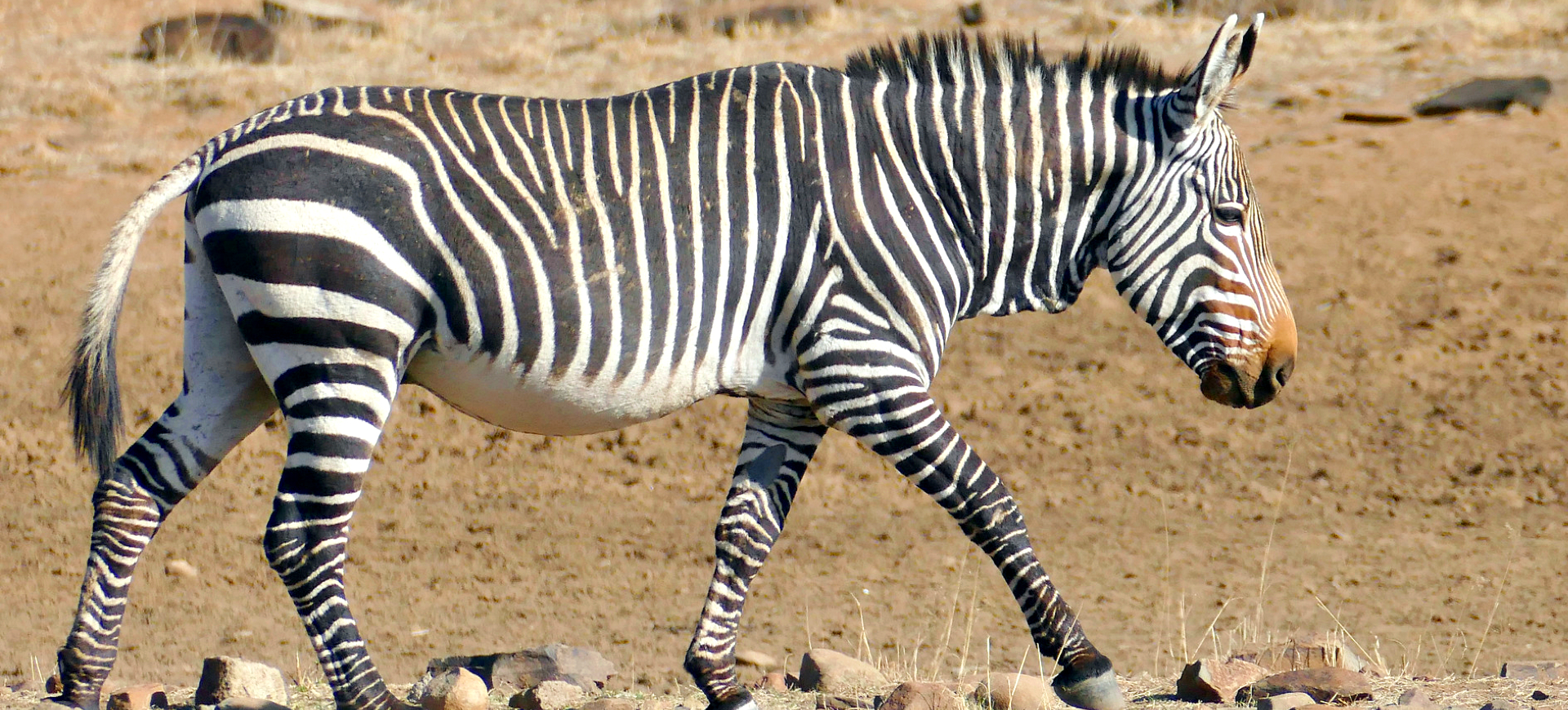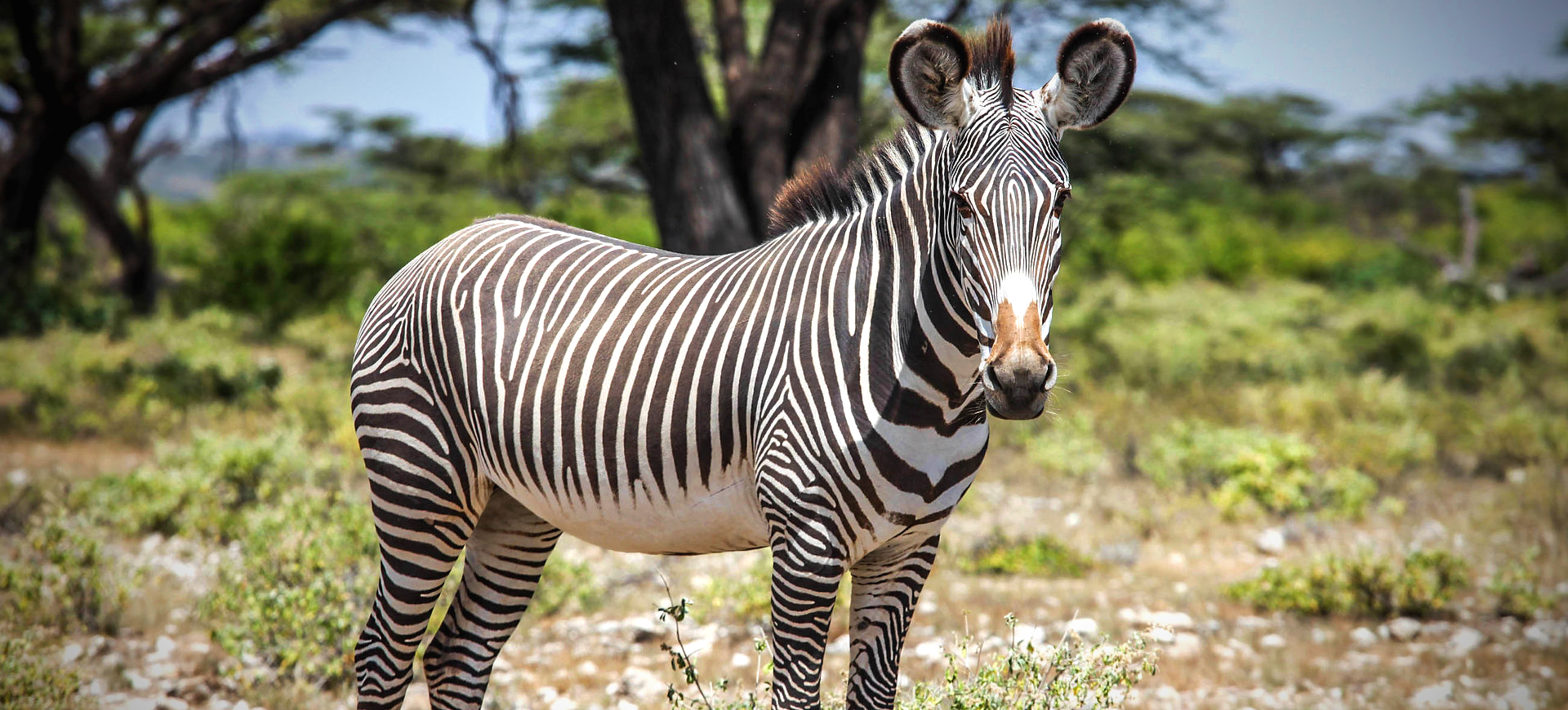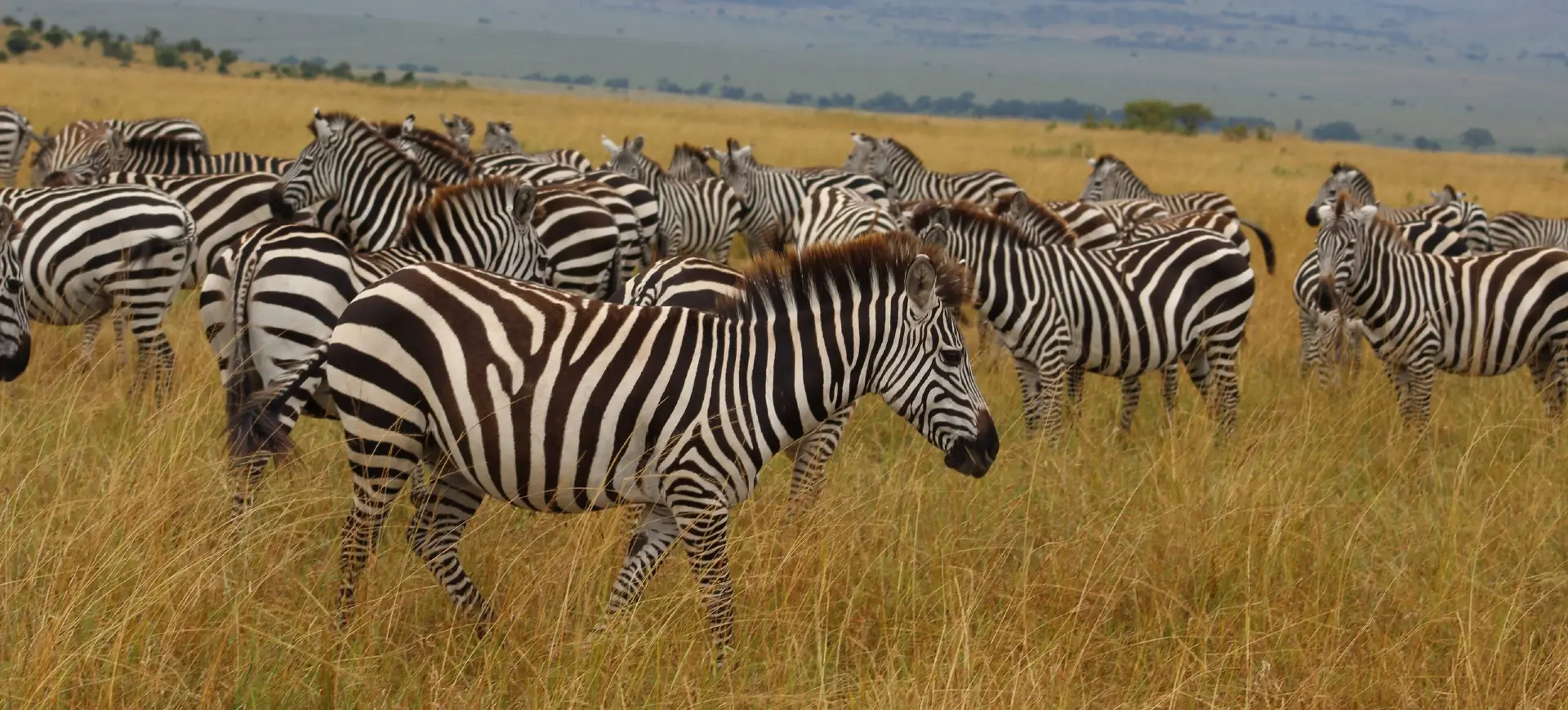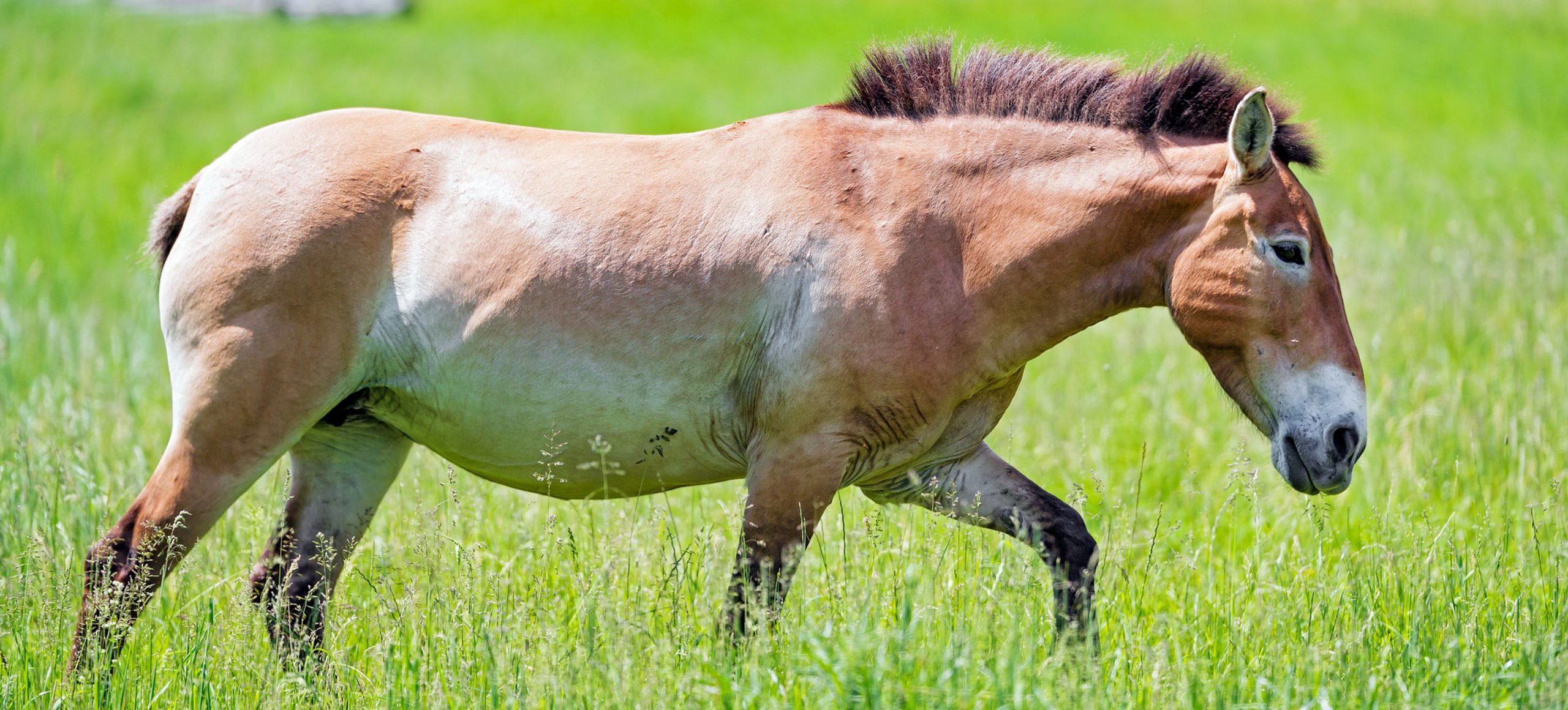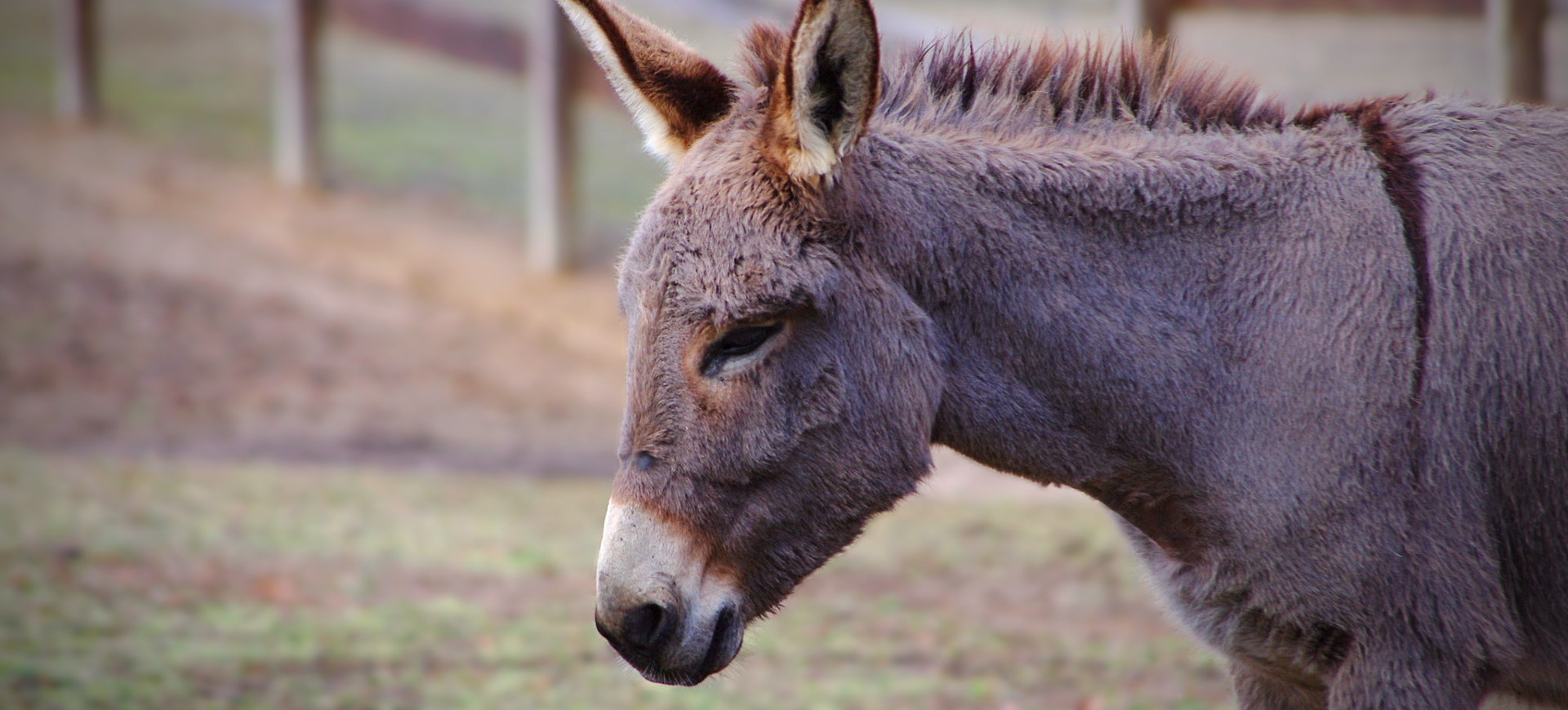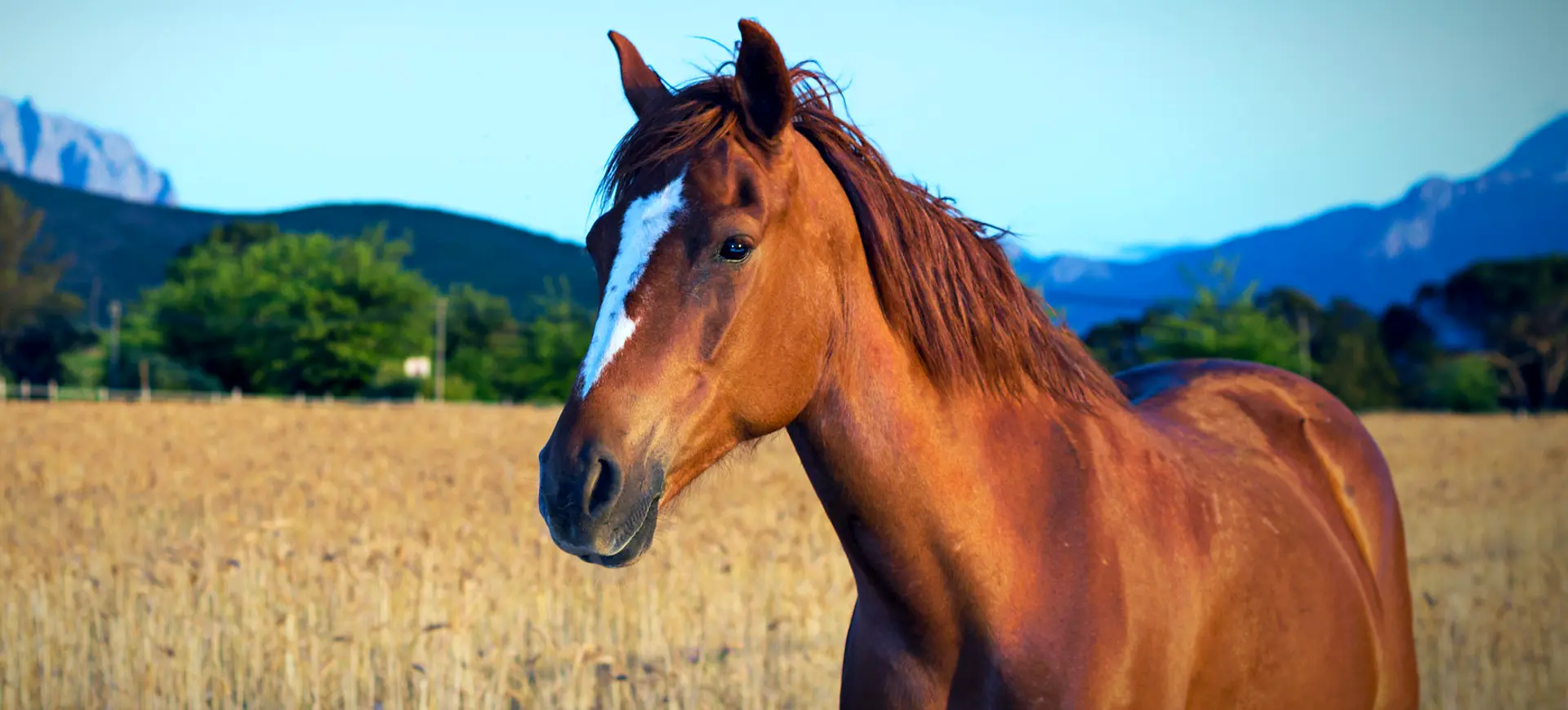Overview
The Hartmann’s Mountain Zebra (Equus zebra hartmannae) is a subspecies of the Mountain Zebra, distinctive for its unique stripes and robust body. Native to South West Africa, specifically in Namibia and the Republic of South Africa, they are integral to the region’s ecological diversity. Unlike the closely related Plains Zebra, the Hartmann’s Mountain Zebra has a dewlap or loose fold of skin hanging down from the neck, and its stripes stop at the belly, which is white and unstriped.
Being an equid, this animal is characterized by its agility and speed, which are useful in its rocky habitat. The stripes of Hartmann’s Mountain Zebra are thin with much interspace. They also differ from their cousin species in that they possess a gridiron pattern of stripes on their rump. The zebras are hardy animals, able to survive in harsh environmental conditions with water scarcity.
Hartmann’s Mountain Zebras are social animals and live in small groups comprising a dominant stallion, a few mares, and their foals. In the face of danger, adults will encircle the young to protect them from predators. These zebras also exhibit grooming behavior, reinforcing social bonds within the herd.
Taxonomy
Kingdom
Phylum
Class
Order
Family
Genus
Species
Sub Species
Type
Physical Description:
The Hartmann’s Mountain Zebra is a sturdy, mid-sized zebra with a well-built body and agile features. It is known for its distinctive black and white striped coat, a natural camouflage to confuse predators. The stripes are narrower and more numerous than the Plains Zebra and stop on the flanks, leaving the belly white. Unique to Mountain Zebras, they have a skin fold, or dewlap, on their throat, particularly well developed in the Hartmann’s Zebra.
Adult Hartmann’s Mountain Zebras typically weigh between 200 and 350 kilograms, stand about 1.2 to 1.5 meters tall at the shoulder, and are around 2 to 2.6 meters long. Unlike many other species, males and females have little size difference. The tail of this zebra species is long and ends in a black tuft. The hard hooves are well adapted to their rocky habitat, providing an excellent grip.

Lifespan: Wild: ~30 years || Captivity: ~40 years

Weight: Male: 660 - 770 lbs (300 - 350 kg) || Female: 440 - 660 lbs (200 - 300 kg)

Length: Male: 79 - 102 inches (200 - 260 cm) || Female: 79 - 102 inches (200 - 260 cm)

Height: Male: 47 - 59 inches (120 - 150 cm) || Female: 47 - 59 inches (120 - 150 cm)

Top Speed: 40 mph (64 km/h)
Characteristic:
Native Habitat:
The Hartmann’s Mountain Zebra is found in the arid, mountainous regions of South West Africa. They inhabit rugged terrain, with rocky hills and mountains, up to 2,000 meters. These zebras prefer slopes and plateaus, with a good view of their surroundings and potential predators.
Their habitat comprises grassland, shrubland, and woodland, where they can access their food sources. They are well adapted to these arid conditions, with physiological adaptations allowing them to survive long periods without water, although they need to drink regularly in extremely dry conditions.
Climate Zones:
Biogeographical Realms:
Continents:
Countries:
Diet:
Diet & Feeding Habits:
Hartmann’s Mountain Zebra is a herbivore, grazing on various grasses, herbs, leaves, bark, and roots. These zebras have adapted to be able to consume and extract moisture from the hardy, dry grasses of their native range, helping them to survive in their arid environment.
They primarily feed in the early morning and late afternoon, resting during the hottest part of the day. Due to their hard teeth and strong jaws, they can chew and digest tough plant matter. They also consume soil and rocks to supplement their diet with minerals.
Mating Behavior:
Mating Description:
The Hartmann’s Mountain Zebra exhibits a harem-type mating system, where a dominant male, or stallion, mates with a group of females or mares. The stallion will aggressively defend his group from rival males. Mating can occur throughout the year, but there is a peak in birth rates during the rainy season.
Gestation lasts about a year, typically resulting in a single foal’s birth. The newborn zebra can stand, walk, and suckle shortly after birth. The mare keeps the foal separate from the rest of the herd for a few days until it recognizes her by sight, voice, and smell.
Reproduction Season:
Birth Type:
Pregnancy Duration:
Female Name:
Male Name:
Baby Name:
Social Structure Description:
Hartmann’s Mountain Zebras have a social structure centered around small family groups or harems, each consisting of one adult male, several females, and their offspring. Stallions are territorial and defend their group from rival males. The group has a strong hierarchy, with the dominant stallion at the top.
They communicate through vocalizations, body postures, and facial expressions. Mutual grooming, where zebras nibble at each other’s coats, is a common social activity that helps strengthen bonds within the group.
Groups:
Conservation Status:
Population Trend:
The wild population of Hartmann’s Mountain Zebra is estimated to be around 30,000 individuals. These populations are mainly found in Namibia and South Africa. Although the overall population trend is currently stable, the populations are fragmented, challenging their long-term survival.
Human activities, particularly hunting and agricultural practices, have reduced their range and numbers in the past. The introduction of fences and land transformation for farming have also affected their migratory routes and access to water and food sources.
Population Threats:
The major threats facing Hartmann’s Mountain Zebra include hunting for their striking skins and habitat loss due to agriculture. They are also affected by competition for grazing with domestic livestock; in areas where their range overlaps with farming activities, they can conflict with farmers who view them as a nuisance.
Climate change also presents a threat, as changes in rainfall patterns could affect the availability of their food sources. The fragmented nature of their population is another concern, as it can lead to reduced genetic diversity and increased vulnerability to diseases.
Conservation Efforts:
The conservation efforts for Hartmann’s Mountain Zebra mainly involve establishing and managing protected areas and regulating hunting. In Namibia and South Africa, where most of these zebras are found, they are protected under national legislation. Translocation of zebras to suitable habitats has also been carried out to increase their range and population.
Education and awareness programs have been initiated to involve local communities in conservation. Efforts are also being made to reduce human-zebra conflict by improving the management of grazing lands and providing alternative livelihoods for communities dependent on hunting.
Additional Resources:
Fun Facts
- The Hartmann’s Mountain Zebra can go without water for up to three days.
- They have a unique pattern of stripes, which can be used to identify individuals.
- Their hooves grow and wear down quickly due to their rocky habitat.
- Each zebra has a unique pattern of stripes, similar to a human fingerprint.
- The Hartmann’s Mountain Zebra can reach speeds of up to 40 mph.
- They have excellent eyesight and can see in color.
- Despite the harsh conditions of their habitat, they can live for up to 30 years in the wild.
- Newborn foals can stand and walk within 15 minutes of birth.
- They are good climbers and can navigate steep slopes and rocky terrain.
- The dewlap, a flap of skin on the neck, is more developed in Hartmann’s Mountain Zebra than in other zebra species.




